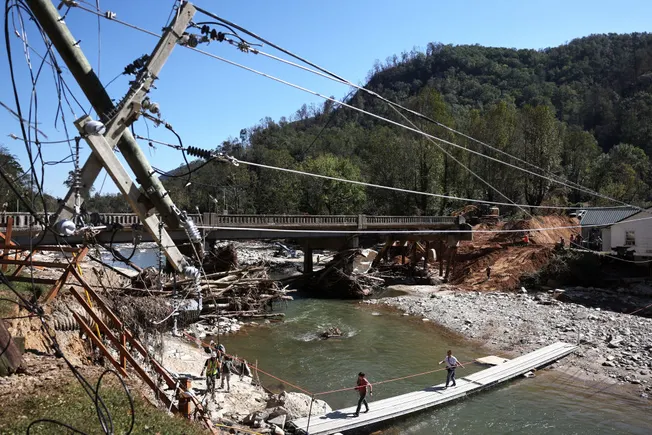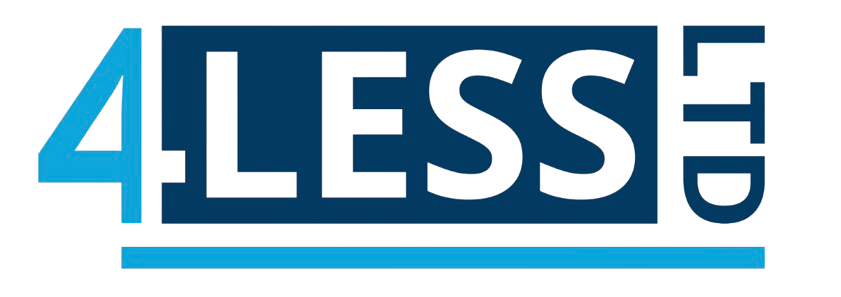
MCLEAN, VIRGINIA — Lifeline infrastructure methods present integral companies like water, electrical energy and transportation, however they’re usually taken as a right till they fail.
Components like age, deferred upkeep and extra frequent excessive climate occasions are stressing these constructions, making strategic planning for catastrophe restoration vital, in line with consultants on the Constructing Innovation 2025 convention, sponsored by the Nationwide Institute of Constructing Sciences.
A lot of the nation’s infrastructure was constructed earlier than the notions of redundancy and resiliency have been understood, stated North Carolina DOT Secretary Joey Hopkins through the convention final month. Current climate-driven disasters comparable to Hurricane Helene and the Los Angeles wildfires have underlined how vital they’re.
“A lot of our infrastructure is so outdated it is constructed to requirements that we now not use. So it does not work anymore,” stated Hopkins. For instance, “Again within the ‘60s, we constructed ramps that got here in on the left facet of the freeway. We had very, very quick acceleration lanes and deceleration lanes. Automobiles have been smaller, they have been gradual again then. Issues have modified.”
Nevertheless, U.S. funding packages for catastrophe restoration largely solely present cash to revive constructions the way in which they have been earlier than, leaving them weak to the identical forces that brought on harm within the first place, stated Madhu Beriwal, founder and chair of IEM Worldwide, a catastrophe preparedness consultancy primarily based in Raleigh, North Carolina, in a panel.
“Infrastructure was constructed within the Nineteen Fifties to Seventies for a distinct local weather regime, and we try to handle twenty first century local weather points, not even speaking about what might occur subsequent century,” stated Beriwal. One infrastructure failure could cause cascading impacts, but “every particular person infrastructure is owned or operated by a distinct entity, and there is not loads of coordination between them to determine what downside factors are.”
Focused funding
Practical restoration — the power of a constructing or lifeline infrastructure system to take care of or shortly restore important capabilities after a shock — is vital when planning for resilient communities, stated Ronald Eguchi, CEO and co-founder of Lengthy Seaside, California-based danger administration firm ImageCat, through the convention.
“[Functional recovery] is one thing that may be an vital idea, not just for buildings, however to start to institutionalize that for lifelines,” stated Eguchi. “I feel it is essential, as a result of now we’re kind of shifting the paradigm just a little bit by way of how we measure efficiency.”
To that finish, NIBS’ Lifeline Infrastructure Hub fosters partnerships amongst federal, state and native governments, nonprofits and trade teams to higher handle excessive climate impacts and assist communities bounce again after disasters. Launched final yr, it goals to determine vital infrastructure gaps and cost-effective methods to fix them.
Rebuilding infrastructure networks to fulfill fashionable wants is dear, but badly wanted, the American Society of Civil Engineers’ 2025 Report Card exhibits. The 2021 Infrastructure Funding and Jobs Act helped counteract the impression of inflation, however the nation’s lifeline methods are nonetheless “woefully underfunded” amid declining gasoline tax income, Hopkins stated. North Carolina has turned to public-private partnerships to assist fill that funding hole.
“Inflation has hit us all in these previous few years, and it is put us additional down than we have been earlier than,” Hopkins stated. “At this time we have got a couple of half a dozen communities in our state now which can be saying, ‘Will you toll this route so we are able to get a venture? We wish it so dangerous we’re keen to just accept the toll.’”
New Orleans is drawing classes from previous disasters and near-disasters to information it on the right way to focus its infrastructure upgrades, stated Steven Nelson, basic superintendent of the Sewerage and Water Board of New Orleans.
“It isn’t essentially the oldest components of town that failed probably the most dramatically or most steadily,” stated Nelson. “So I feel that there’s a main want for focused funding.”
Tech may also help
Synthetic intelligence and machine studying may also help jurisdictions and utilities perceive the right way to direct their restricted assets for maximal impression, comparable to coping with water principal breaks, Nelson stated.
With AI, “We are able to take the restricted assets that we’ve got, develop a capital enchancment program that is primarily based on precise failure charges, anticipated charges of failure in these areas which can be most probably to have a catastrophic impact,” Nelson stated.
Digital twins are one other underused expertise that may assist with planning for extra resilient infrastructure, in line with Eguchi.
“I do not assume we’re absolutely using [digital twins] in complicated types of issues like lifelines and the way they function,” stated Eguchi. “I feel that digital twin fashions and using that expertise can very nicely assist us higher perceive what the failures might be. What might be the impacts? How probably are these various things?”
Trending Merchandise

Trsmima Safety Belt with Adjustable Lanyard and Updated Waist Pad – Tree Climbing Belt Harness – Safety Lanyard Fall Protection- Fall Arrest Kite Climbing Lanyard,Ladder Safety Harness

Sharpie Permanent Markers Set Quick Drying And Fade Resistant Fine Point Marker For Wood Plastic Paper Metal And More Drawing Coloring And Poster Marker Black 12 Count

LIFT Safety HDF50C-19WC Lift Safety DAX Fifty 50 Carbon Fiber Full Brim Hardhat

GE LED+ Battery Backup A21 LED Light Bulbs, Rechargeable Light for Power Outages + Flashlight, Soft White (2 Pack)

Marbrasse 6 Tier Paper Organizer Letter Tray – Mesh Desk File Organizer with Handle, Paper Sorter Organizer for Letter/A4 Office File Folder Holder – Black





